If you have a garden loaded with plants and flowers that deer like to eat, change them with these appealing, easy-care options. So what are the best deer resistant plants and flowers?
Deer enjoy grazing on lots of kinds of ground covers, specifically when brand-new, tender development emerges in the spring.
The decorative plants and shrubs in your garden need to be a banquet for the eyes, not a banquet for the regional deer population. It’s challenging to make a yard entirely deer-proof. But, you can fill it with plants deer dislike and decrease deer damage. For a natural appearance, this deer-resistant wildflower mix is excellent, otherwise have a look at the tips listed below.
“You can still have a lavish, growing garden by making wise options. Numerous spectacular plants are unpalatable to deer because of their toxic substances, fragrant or fuzzy leaves, and hard, spiny, or bristly textures,” states Ruth Rogers Clausen, author of 50 Beautiful Deer-Resistant Plants. We’ve consisted of a few of Clausen’s wise options, together with a couple of leading choices of our own, in this list of deer-resistant plants.
Table of Contents
Top Deer Resistant Flowers
Who doesn’t like flowers, but if the deer are munching away at them that poses a problem. Check out these flowering deer resistant plants.

FLOSS FLOWER
Clusters of lavender-blue flowers and rough-textured foliage keep deer at bay. Readily available in tones of blue, pink, purple, and white. For a floss flower that does not need deadheading and is much better matched for hot environments.
Zones: 10-11, grown as a yearly somewhere else
Direct exposure: Full sun to partial shade
Blossom time: Late spring through fall
Height/spread: 4 to 36 inches high, 6 to 18 inches broad
You can buy them here.
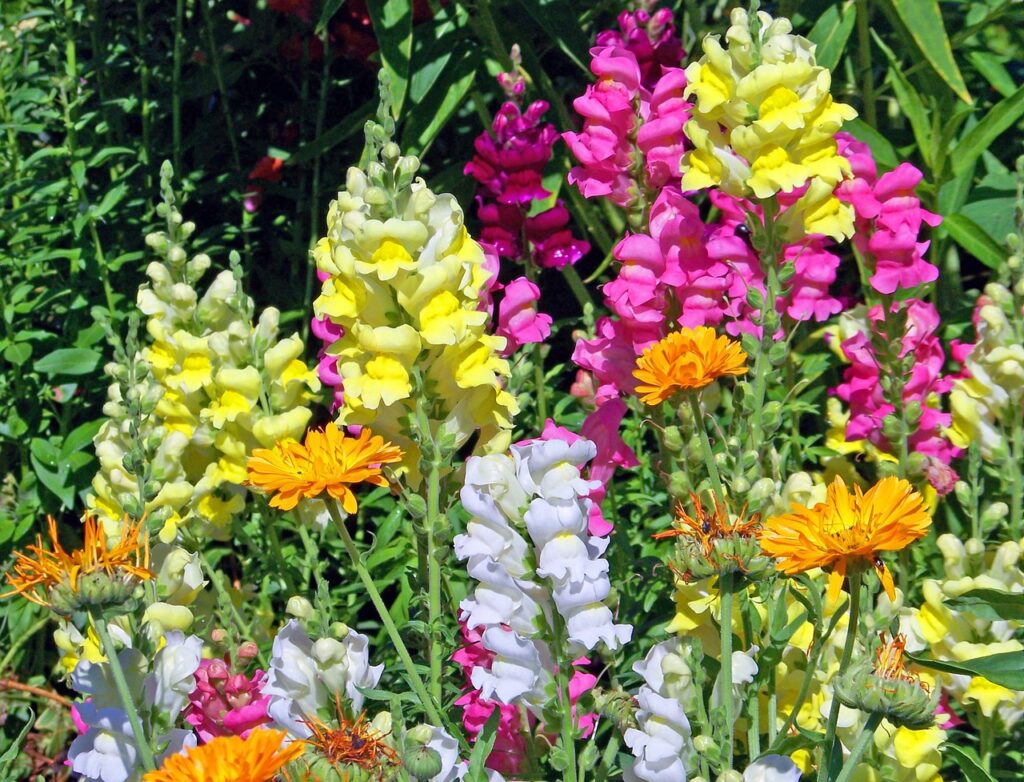
SNAPDRAGON
Remarkable spikes of flowers make snapdragons a spectacular addition to a deer-resistant garden. Snapdragons flower most a lot in the cooler weather condition of spring and fall and can be found in a range of cultivars.
Zones: 9-10, grown as a yearly somewhere else
Direct exposure: Full sun
Blossom time: Mid-spring to frost
Height/spread: 6 to 30 inches high, 10 to 18 inches large
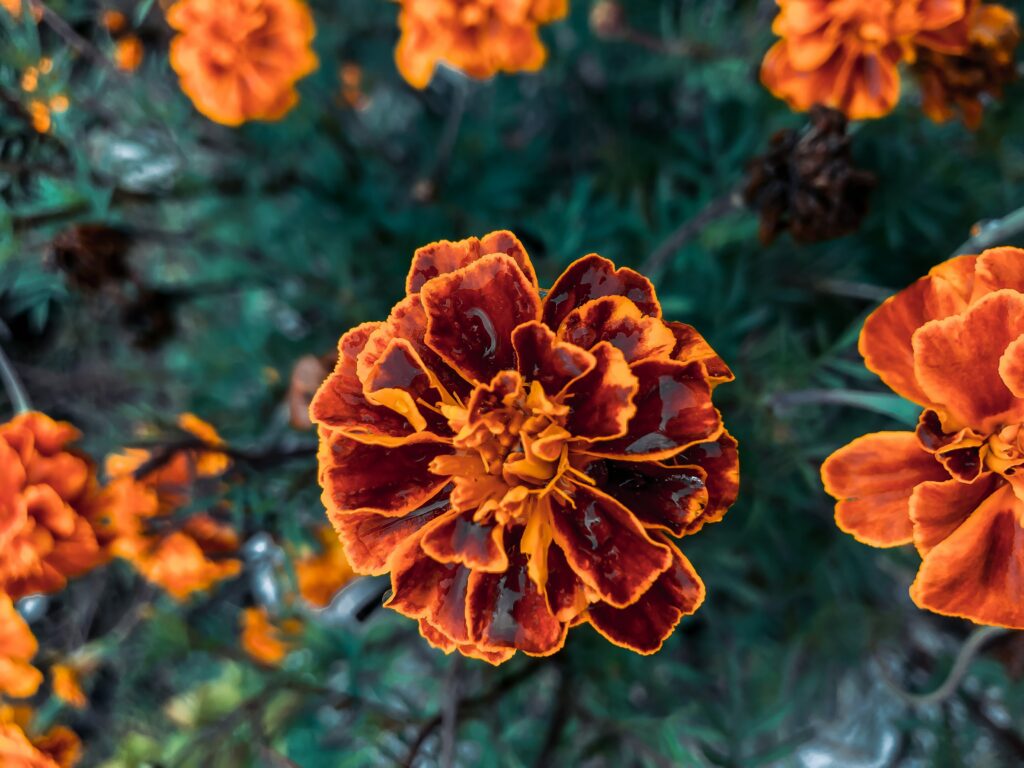
SIGNET MARIGOLD
All ranges of marigolds are a turnoff for deer because of their firm, aromatic fragrance. However, signet marigolds (envisioned) have a lighter citrus odor and taste, making them popular for cooking.
Zones: 9-10, grown as yearly in other places
Direct exposure: Full sun
Flower time: Late spring up until frost
Height/spread: Varies commonly, 6 inches to 4 feet high, 6 inches to 2 feet large.

VERBENA
Suppose cut back in summer, Verbenas blossom from spring till frost. The tiny flower clusters have been available in various colors, consisting of white, pink, blue, lavender, purple, dark red, yellow, and bicolor. They are a deer resistant plant.
Zones: 8-11, grown as a yearly somewhere else
Direct exposure: Full sun
Flower time: May through October
Height/spread: Varies, from low-growing to upright.
Deer Resistant Shrubs
Are you looking for some nice shrubs that are deer resistant plants? Then you should check out these below.

BUTTERFLY BUSH
Bring in bees and butterflies while you ward off deer. Flower colors are usually deep purple, pink, or white, although some hybrids have gold and orange blossoms. For smaller-sized gardens, attempt Pugster.
Zones: 5-9
Direct exposure: Full sun
Flower Time: Summer up until frost
Height/Spread: Varies, 18 inches to 7 feet high, 18 inches to 5 feet broad
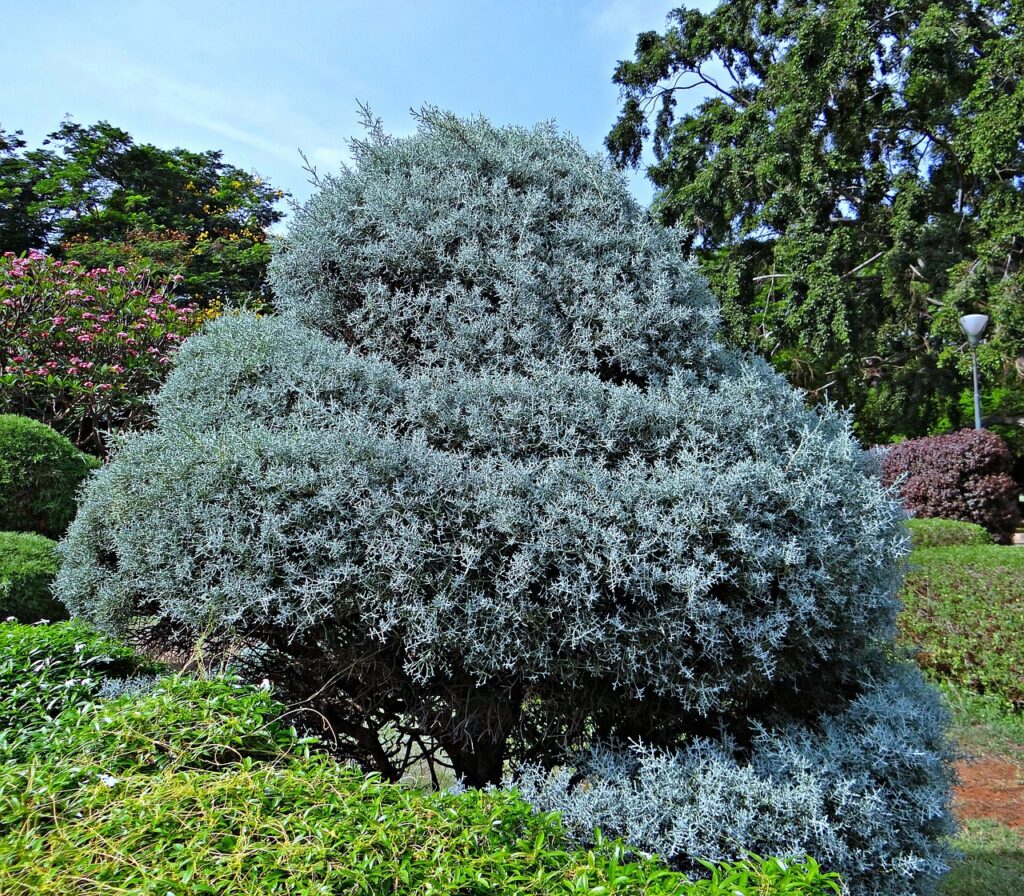
JUNIPER
Junipers have several usages: ground covers, accent plants, topiaries, and personal privacy screens. They ward off deer because of the unstable oils in their needles. They likewise are dry spell tolerant and have a couple of insect issues. Zones: 3-7
Direct exposure: Full sun
Height/Spread: Varies considerably, 6 inches to over 100 feet high, 1 to 25 feet broad
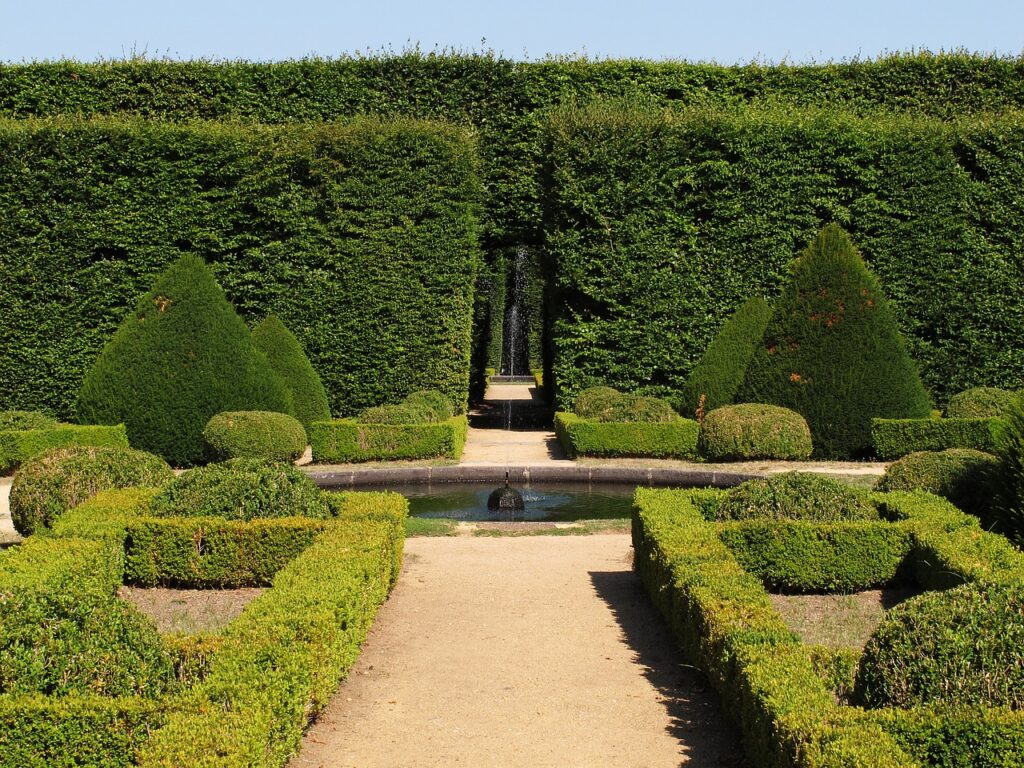
BOXWOOD
Boxwood is amongst the most flexible evergreens for a deer-resistant garden. They can be found in various sizes and shapes and take well to pruning. However, since of their intense aroma, deer appear to avoid them.
Zones: 4-8
Direct exposure: Dappled or partial shade, safeguard from the extreme mid-day sun.
Height/Spread: Varies considerably, from 1 to 20 feet high, 2 to 8 feet large

CINQUEFOIL
Cinquefoil is among the very best blooming shrubs for season-long color. Unfortunately, deer tend to discover the carefully textured blue-green foliage uninviting.
Zones: 2-8
Direct exposure: Full sun to partial shade
Blossom time: June through September
Height/Spread: Varies, from 3 inches to 4 feet high, 6 inches to 5 feet broad

SPIRAEA
SPIREA It’s a little a secret why deer prevent spirea. An extensive range of sizes is readily available. A fascinating option that are deer resistant with differing foliage that range from bright reds, yellows, and greens.
Zones: 3-8
Direct exposure: Full sun
Flower time: There are spring- and summer-blooming times.
Height/Spread: 1 to 8 feet high, approximately 6 feet broad
Keep in mind: Japanese spirea (Spiraea japonica) is intrusive in parts of the U.S. and Canada
DEER RESISTANT PERENNIALS
There are many types of perennials that are deer resistant plants. Check out the best ones below.
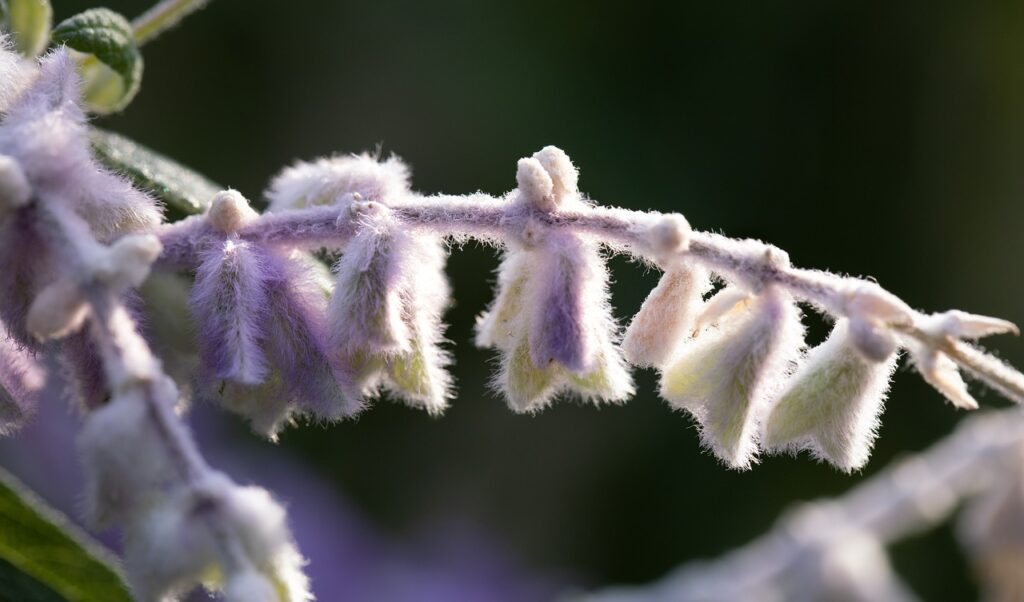
RUSSIAN SAGE
The finely-cut silvery foliage makes it a distinctive filler plant in a bright seasonal garden. Tiny flowers flower on high stalks, producing beautiful plumes of color. The flowers will frequently last well into October.
Zones: 5-9
Direct exposure: Full sun
Flower Time: Early summer season to fall
Height/Spread: Varies, 2 to 4 feet broad & high

BEEBALM
This one is among the best plants for bringing in and supporting pollinators; nevertheless, deer tend to leave it alone because of its aromatic scent.
Zones: 3-9
Direct exposure: Full sun to partial shade
Height/Spread: Varies, 1 to 4 feet high, 8 inches to 3 feet broad
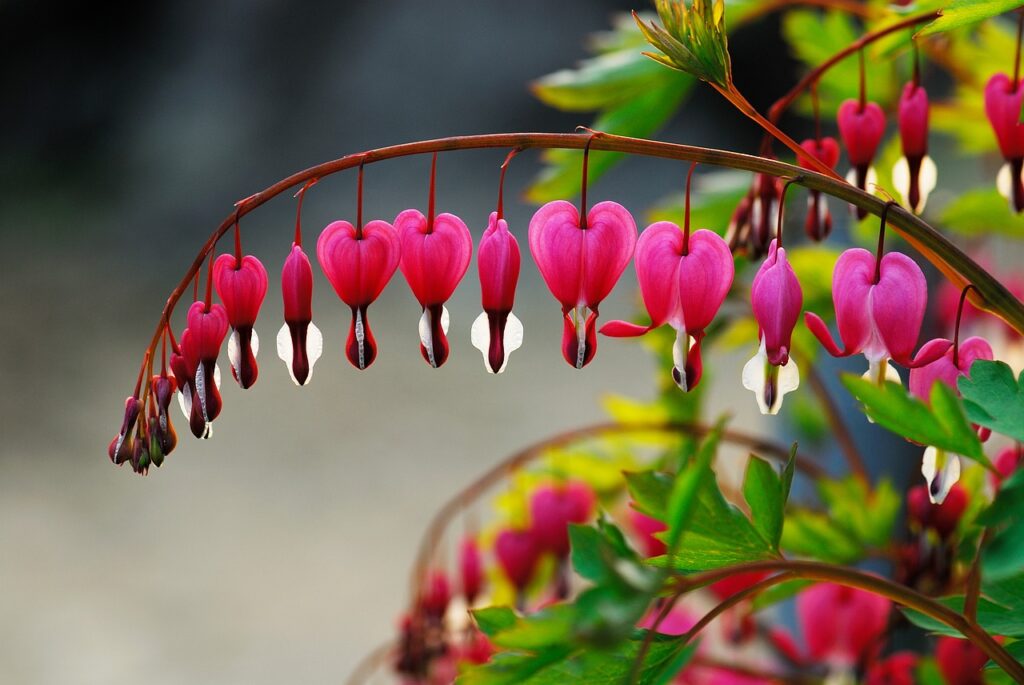
FRINGED BLEEDING HEART
Among the few native forest plants that deer do not opt for other plants. A bit less striking than the typical bleeding heart, the heart-shaped flowers vary in color from white to different tones of pink.
Zones: 3-9
Direct exposure: Full sun
Flower Time: Late spring to early fall
Height/Spread: 1 to 3 feet large & high

MONKSHOOD
Despite monkshood’s prestige as a harmful plant, it has a fascinating appeal and offers a welcome screen of late-season color that is very beautiful. Not only that it is another deer resistant plant.
Zones: 3-8
Direct exposure: Full sun to partial shade
Blossom Time: Late summertime through fall
Height/Spread: 2 to 4 feet high, 1 to 2 feet broad

LAMB’S EAR
The grey-green foliage has a creamy soft, wool like texture that deer do not like making it another deer resistant plant. This easy-care plant blossoms in the summertime with spikes of pink to purple flowers.
Zones: 4-8
Direct exposure: Full sun to partial shade
Height/Spread: 6 to 12 inches high, 1 to 4 feet large

PEONY
Valued for their big, aromatic flowers, peonies have lots of qualities beyond their spectacular appeal. They are complex, trusted, long-lived, and practically pest-proof-including deer.
Zones: 2-8
Direct exposure: Full sun to partial shade, depending upon range
Flower Time: Late spring to the early summer season, depending upon range
Height/Spread: Varies, 1 to 3 feet broad & high for shrub ranges; 4 to 7 feet tall and as much as 5 feet wide for tree peonies.

BLACK COHOSH
Called black snakeroot and bugbane, this plant’s bottlebrush-shaped flower spikes include drama and interest to a shade or woodland garden. But, unfortunately, they have an undesirable smell and bitter taste that make them a deer resistant plant.
Zones: 4-9
Direct exposure: Partial to complete shade
Blossom Time: Summer
Height/Spread: 4 to 6 feet high, 2 to 4 feet large
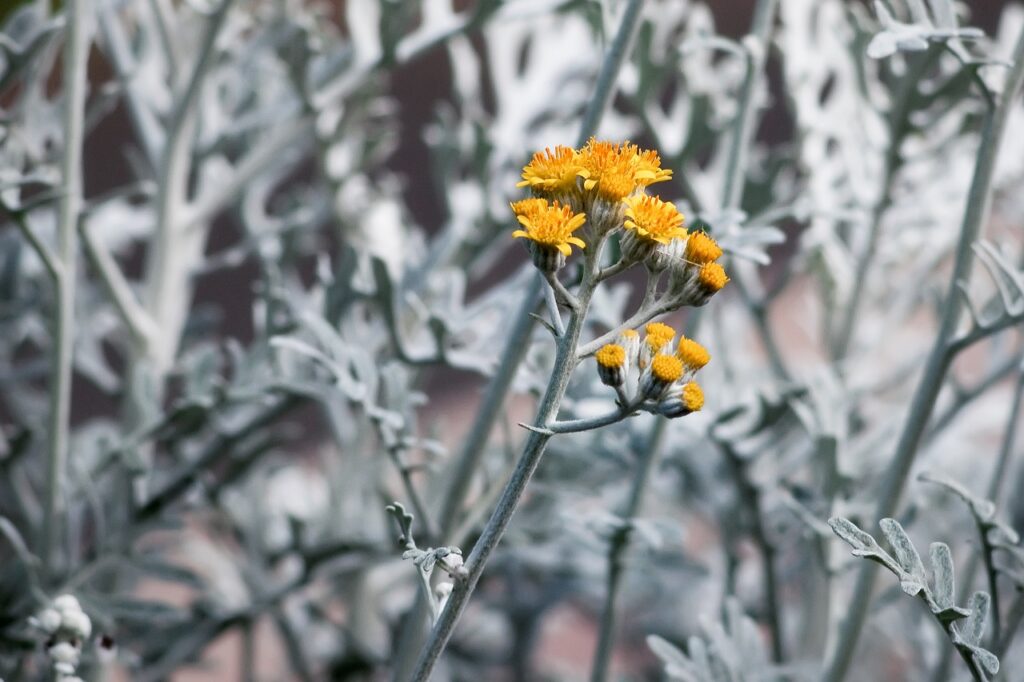
DUSTY MILLER
Grown chiefly for its attractive silvery-gray foliage, dirty miller has a felt-like finishing that deer discover unappetizing.
Zones: 7-10
Direct exposure: Full sun to partial shade
Height/Spread: Up to 2 feet broad & high
DEER RESISTANT GROUND COVERS
There are also some beautiful ground covers that can be classified as deer resistant plants. Check them out below.

LILY OF THE VALLEY
Pretty bell-shaped flowers fragrance the air with a divine scent in early spring. Bright red berries form after blooming, and the lance-shaped leaves last all summertime, working as an attractive ground cover.
Zones: 2-7
Direct exposure: Partial to complete shade
Blossom time: Early spring
Height: 6 to 18 inches high
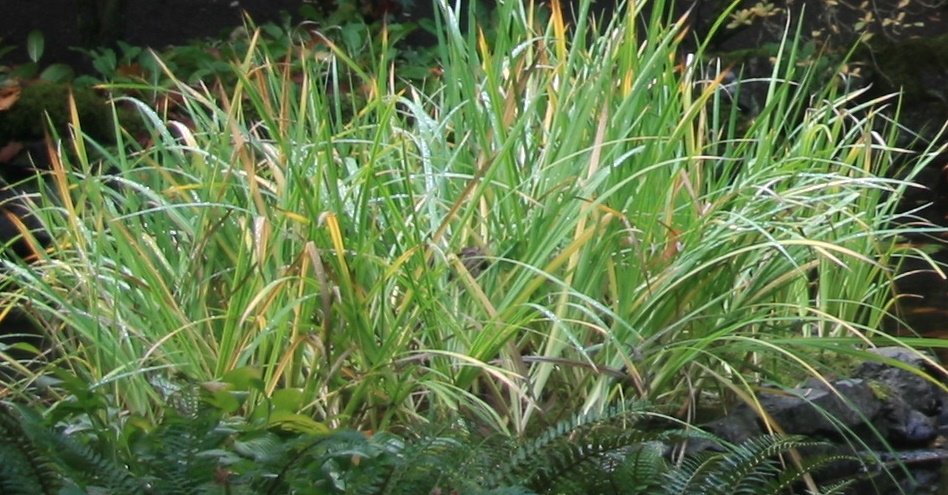
JAPANESE SEDGE
This clump-forming grass-like plant makes an outstanding ground cover for damp, dubious locations. Cultivars with variegated green and white foliage are incredibly sensational, supplying a luminescent radiance.
Zones: 5-9
Direct exposure: Partial to complete shade
Height: 12 to 24 inches high

WOMAN’S MANTLE Clusters of small chartreuse flowers hung on long stems make a woman’s mantle a garden favorite. Fortunately, the broad scallop-edged leaves are covered with soft hairs that make them deer resistant plants.
Zones: 3-9
Direct exposure: Full sun to partial shade
Flower time: Late spring to early summer season
Height/Spread: 1 to 2 feet broad & high

JAPANESE PACHYSANDRA
Mainly grown for its shiny green foliage, which spreads rapidly; an included destination is spikes of small white flowers. This is yet another deer resistant plant.
Zones: 4-9
Direct exposure: Partial to complete shade
Blossom time: Early spring
Height/Spread: 3 to 4 inches high, spreads 7 to 8 inches

JAPANESE PAINTED FERN
Deer overlook most ferns, including this low-growing range with silver-gray leaves painted with strokes of green and mauve. Like other ferns, it spreads out quickly by sneaking roots, however not strongly.
Zones: 4-9 Direct exposure: Partial to complete shade Height/Spread: 1 to 3 feet high, 1 to 2 feet large
PLANTS TO AVOID
Below are listed a few, not all, plants that are anything but deer resistant.
ANNUALS
Coleus, violas, pansies, and impatiens, petunias, and zonal geraniums (Pelargonium).
SHRUBS
American arborvitae, evergreen azaleas, and rhododendrons, hybrid tea increased, yew.
PERENNIALS
Day lily, goat’s beard, cranesbill geranium, hosta, Solomon’s seal.
GROUND COVERS
English ivy, lily turf, winter creeper.
DEER PROOFING TIPS
Surprise Them
Deer are frequently scared away by loud noises and unexpected motion. Keep them on edge by hanging wind chimes from the branches of shrubs and trees or by putting wind spinners throughout your garden. If that does not work, attempt shocking them with an unexpected spray of water by setting up a motion-activated sprinkler, such as ScareCrow from Ortho.
Usage other plants to hinder them
Inter plant fragrant seasonal herbs throughout your garden that have fragrances, such as mint, thyme, French tarragon, lavender, chives, sage, and rosemary are all deer resistant plants.
Fertilize and fend off
When they initially emerge in the spring, deer enjoy the tender brand-new leaves and shoots of ground covers. To get rid of the temptation, deal with the location with a strong-smelling deer repellent or something that likewise functions as a chemical-free fertilizer, such as blood meal or fish emulsion. “Be cautious not to over fertilize the plants, which will lead to the soft, succulent vegetative development that deer like. Simply half the advised dose at a provided time will leave the smell however not overstimulate the plants,” recommends Clausen.
Plant higher up
You do not need to prevent growing all the annuals that deer like to munch on. Instead, please put them in containers on a terrace or front porch or plant them in hanging baskets that are expensive for deer to reach. You can likewise attempt a deer-resistant wildflower mix.
Fence it in
Surround your garden with high deer fencing or other impenetrable barriers if all else stops working. Then, find out how to develop your own “Critter-Resistant Vegetable Garden.”
